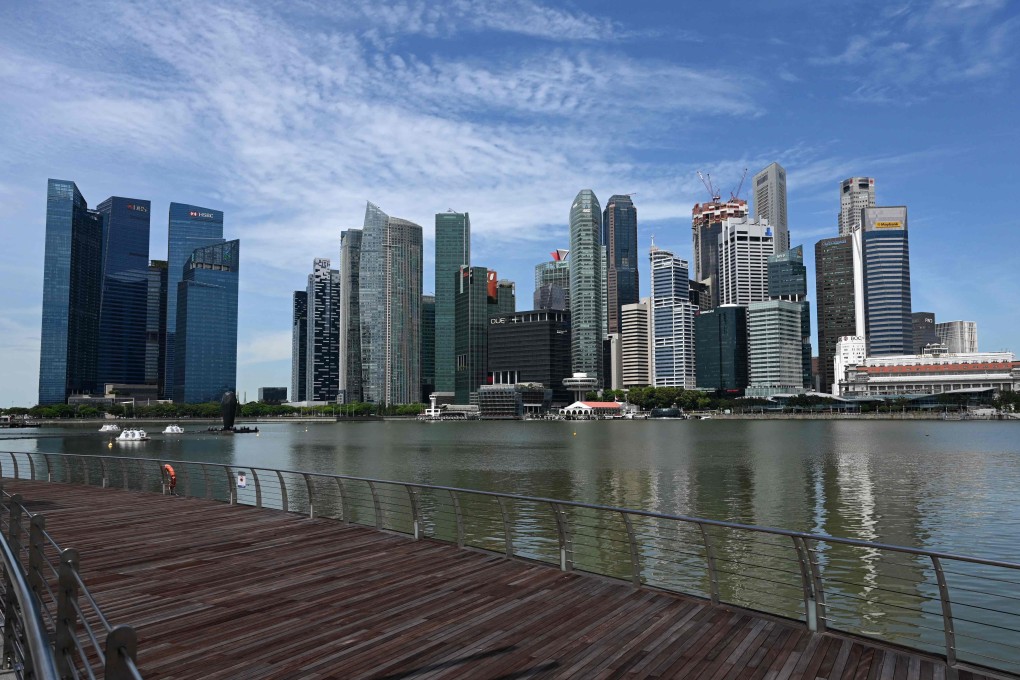One-eighth of Singapore’s foreign workforce lost jobs last year. Will they ever return?
- Non-residents, mostly lower-skilled workers, accounted for all job losses last year as the city state battled its deepest recession ever
- Economists say foreign talent is still needed when the economy picks up, and while offshoring from ‘superstar cities’ is becoming more common, Singapore is still alluring to expats

Her employer did not want to increase her monthly salary by more than S$1,000 (US$742) – as was required to keep the same type of visa, given Wong’s education and experience – and last October applied for the lower-tier “S pass” instead. But Wong, who asked to be known only by her surname, said the application was still not approved by the time her visa expired on January 7.
So she packed her bags, terminated the lease on her flat and left Singapore. “It was very frustrating and very nerve-racking for me, because I couldn’t just wait for my S pass to be approved,” Wong told This Week In Asia. “In case it was denied, I would have no time to pack up two years’ worth of my life.”
Singapore’s economy shrank by 5.4 per cent last year – its worst recession since its independence in 1965 – while total employment fell by the most in over two decades. Yet locals were cushioned from the job losses by the government’s four stimulus packages totalling some S$100 billion (US$74.2 billion).
Wong, whose attempt to switch jobs and get a new work pass early last year was rejected by the government, is among the 181,500 foreigners who felt the full force of job losses.
Indeed, non-residents accounted for the entirety of the island state’s employment decline, and those who lost their jobs formed 4.7 per cent of Singapore’s entire workforce, or 12.7 per cent of its foreign workers.
Low-skilled foreign workers – such as those in construction or manufacturing – were hardest hit, making up some 76 per cent of the job losses, followed by S-pass holders – mid-level technical staff earning a minimum of S$2,500 a month – at 14 per cent. The remaining 10 per cent were employment pass holders who since last year’s changes have to earn at least S$4,500 per month.